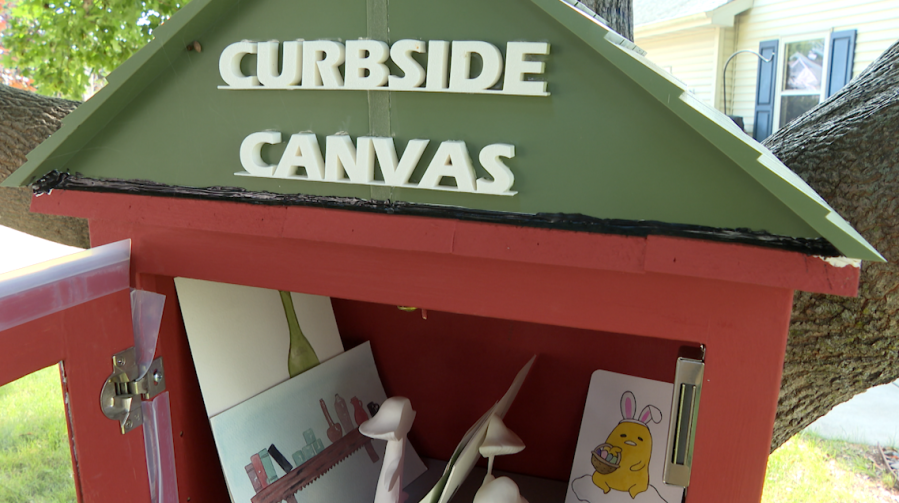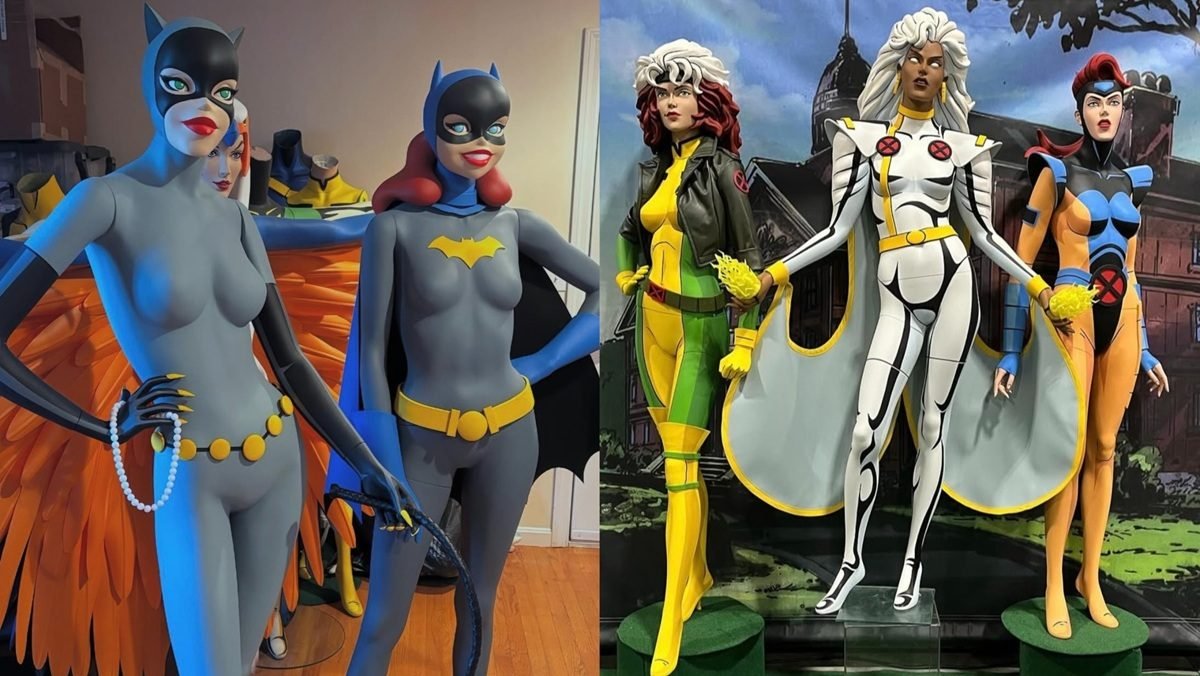The Art + Technology Lab at the Los Angeles County Museum of Art (LACMA) presents American Artist: The Monophobic Response, a meticulously crafted yet poetically altered re-creation of a pivotal 1936 static rocket engine test that initiated the United States’ venture into space travel. Conceived by American Artist (b. 1989), The Monophobic Response is inspired by Octavia E. Butler’s 1993 novel Parable of the Sower, which is set in 2024. Drawing parallels between Butler’s fictive 2024 U.S. Presidential race and the impending real-world election, the project raises a crucial question: in the year 2024, how do global citizens create strategies for survival when technological advances introduce dystopian elements into a bleak world?
The first phase of this project was a special performance that took place on June 9, 2024, in the Mojave Desert. This performance explored the interstellar exodus by members of the Earthseed community—a fictional religion central to Butler’s Parable of the Sower—where the protagonists aspire to “take root among the stars.” Led by American Artist and a group of collaborators, this narrative is a poignant reflection on modern aspirations to colonize Mars and escape an overdeveloped and unequal Earth. Unfolding in the imagined dystopic year of 2024, American Artist’s performance featured a rocket engine test that was fired in a desolate Californian landscape, creating eerie juxtapositions between Butler’s prescient visions and current realities.
The Monophobic Response will reconvene in November 2024 with an installation at LACMA. The L.A. presentation will be staged with artifacts from the rocket test, including the authentic replica of the 1936 rocket engine, a film, related artwork, and various documentation chosen by American Artist. Additionally, the installation will be accompanied by a public program where key thought leaders will respond to American Artist’s cinematic re-creation of the 1936 rocket test.
“LACMA is honored to be part of American Artist’s The Monophobic Response. Both the artist and the late Octavia Butler lived in Pasadena, California, and this project underscores how art and technology empower artists to reimagine local history and stories,” said Michael Govan, LACMA CEO and Wallis Annenberg Director. “We are thrilled to share this reimagination of history with audiences in Los Angeles this fall as part of Getty’s PST Art: Art & Science Collide initiative.”
“I joined the Octavia E. Butler fandom when I learned that we attended the same high school—albeit 40 years apart,” said American Artist. “We are living in the reality Butler warned us about. This project is a case study of how to pay respect to history without reproducing it. It’s about removing the hierarchy of knowledge between academics, aunts, uncles, historians, students, and childhood friends. If you grew up where I grew up, you’re an expert on that place.”
The Monophobic Response is co-shaped by Ayana Jamieson, Adam Kleinman, and Chester Toye in collaboration with LACMA’s Art + Technology Lab and with support from LACMA, Getty’s PST ART, and Hyundai Motor as an extension of The Hyundai Project: Art + Technology at LACMA. American Artist was a grant recipient of the Art + Technology Lab in 2021.
The Monophobic Response is the continuation of a multi-year cycle of ongoing work entitled Shaper of God by American Artist. The series commenced in 2021 with an online “research machine” that drew connections between our world and enduring themes in Octavia E. Butler’s work. This led to the 2022 Shaper of God exhibition at REDCAT, featuring newly commissioned work in video, immersive installation, sculpture, and drawing, pulling from Butler’s novels, life, and the experiences of African-diasporic communities in Los Angeles. The Monophobic Response continues to delve into how these and other communities are impacted by and reconcile with the colonial desires of those in power, as depicted through the alternate timeline of Artist’s rocket test and its presentation in L.A.
About the artist
American Artist makes thought experiments that mine the history of technology, race, and knowledge production, beginning with their legal name change in 2013. Their artwork primarily takes the form of sculpture, software, and video. Artist is a recipient of the Herb Alpert Award in Visual Art and a Creative Capital grantee. They are a former resident of Smack Mellon, Red Bull Arts Detroit, Abrons Art Center, Recess, EYEBEAM, Pioneer Works, and the Whitney Museum Independent Study Program. They have exhibited at the Whitney Museum of American Art; the Museum of Modern Art; Studio Museum in Harlem; Museum of Contemporary Art Chicago; Kunsthalle Basel, Switzerland; and Nam June Paik Center, Seoul. Their work has been featured in The New York Times, Cultured, Artforum, and Art in America. Artist is a co-director of the School for Poetic Computation and a member of the core faculty at Yale.
Like Butler, Artist spent their formative years in and around the neighboring communities of Altadena and Pasadena, California. Their body of work encompasses various forms of media and narrative, aiming to provoke a reconsideration of how history and information are utilized, by whom, and for what purposes. By juxtaposing seemingly disparate concepts such as technology, race, surveillance, identity, and place, Artist brings forth new perspectives on how power and agency are expressed within each of these contexts.






